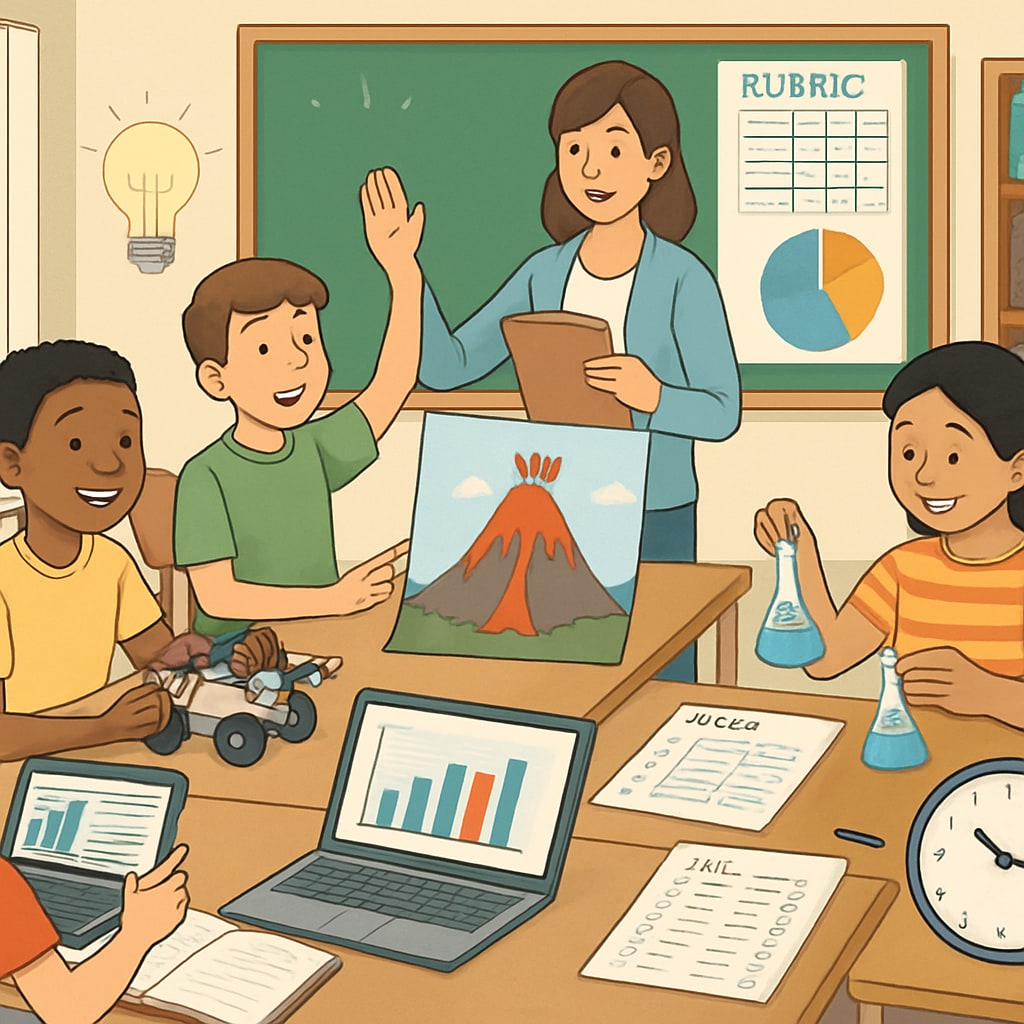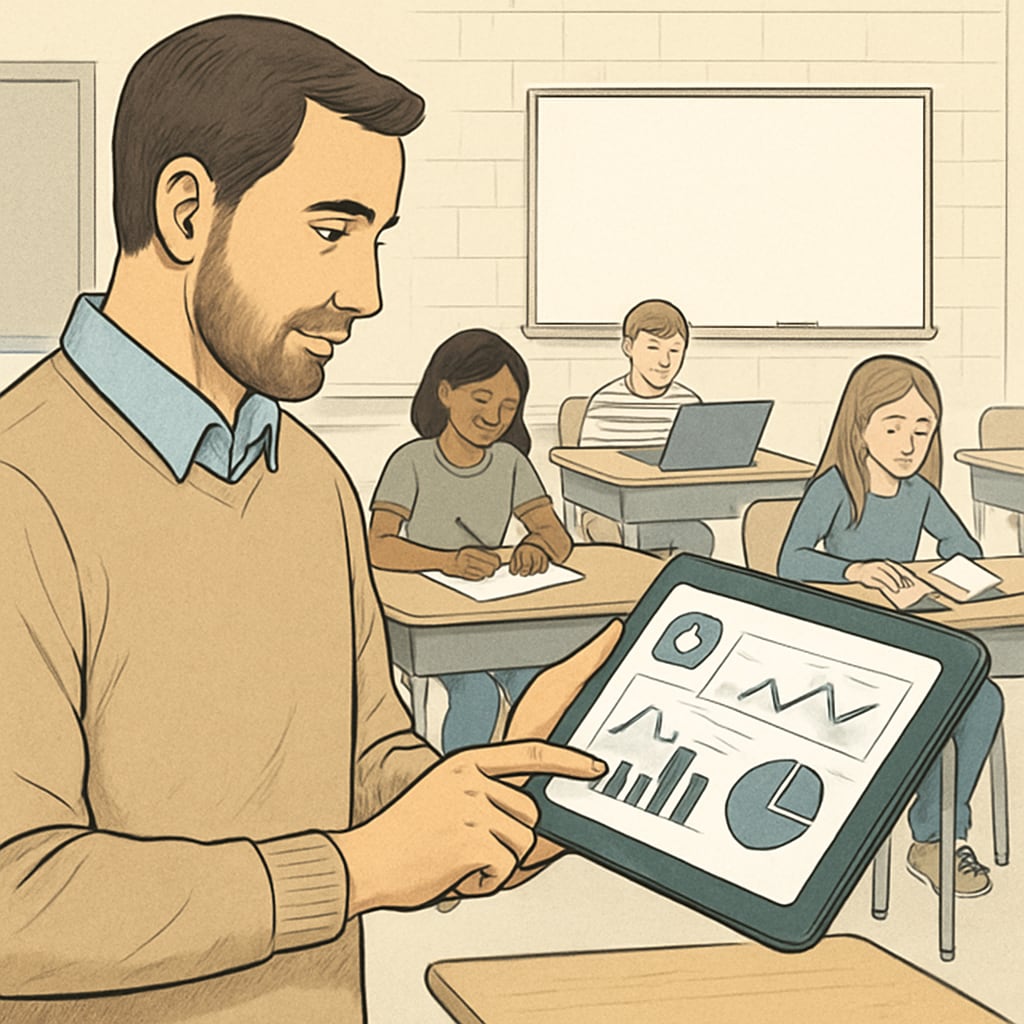In the current K12 education system, “learning assessment” is often synonymous with academic scores. While grades provide a snapshot of achievement, they fail to capture the full spectrum of a student’s learning journey, skills, and personal growth. This reliance on scores as the ultimate metric raises critical questions about the effectiveness of existing evaluation methods. As educators and policymakers strive to improve educational outcomes, the need for a diversified approach that emphasizes “learning outcomes” and “real-time tracking” has never been more urgent.

The Limitations of Score-Based Evaluation
Score-based evaluation, while widely adopted, comes with inherent shortcomings. First, it emphasizes outcomes rather than processes, often neglecting essential skills such as critical thinking, collaboration, and creativity. Students may focus on memorizing content for exams rather than truly understanding concepts. Second, it fails to accommodate diverse learning styles. Not all students excel in standardized testing environments, and this can lead to an incomplete or biased representation of their abilities. Finally, score-based assessment can contribute to undue stress and anxiety, undermining students’ mental well-being.
For example, a study published by Britannica highlights the pitfalls of standardized tests, noting that they often fail to measure complex cognitive and emotional skills. As a result, these assessments can leave gaps in understanding the true capabilities of students.
Embracing Holistic and Continuous Assessment
To address these limitations, educators must adopt a more holistic and continuous approach to assessment. This method prioritizes real-time tracking of student progress, enabling teachers to identify strengths and weaknesses throughout the learning process. Key components of this approach include:
- Portfolio Assessments: Students compile work samples, projects, and reflective essays to demonstrate their learning journey over time.
- Performance-Based Evaluations: Tasks such as presentations, debates, and problem-solving activities assess practical application of knowledge.
- Peer and Self-Assessments: Encouraging students to evaluate their own work and receive constructive feedback from peers fosters critical thinking and accountability.
- Digital Tools: Platforms like learning analytics software provide real-time data on student engagement and comprehension, offering actionable insights for educators.
These methods promote a broader understanding of “learning outcomes,” aligning evaluations with the multifaceted nature of student growth. For instance, innovative tools like learning analytics have proven effective in identifying individual progress, enabling tailored interventions to support diverse learning needs.

Looking Ahead: Challenges and Opportunities
Transitioning from score-based evaluations to a diversified assessment system comes with challenges. Implementation requires significant investment in teacher training, technology, and curriculum redesign. Additionally, ensuring consistency and fairness in non-standardized assessments can be complex. However, the benefits of holistic assessment far outweigh these challenges. It not only fosters deeper learning but also equips students with skills essential for success in the 21st century.
As educators, parents, and policymakers collaborate to redefine learning assessment, the focus must shift from grades to growth. By embracing innovative strategies and tools, the education system can better nurture students as critical thinkers, problem solvers, and lifelong learners. Ultimately, the goal is to create an environment where every student’s potential is valued, celebrated, and cultivated.
Readability guidance: Ensure clear transitions between ideas, use concise sentences, and maintain an engaging tone throughout. Incorporate lists to summarize key points effectively.


